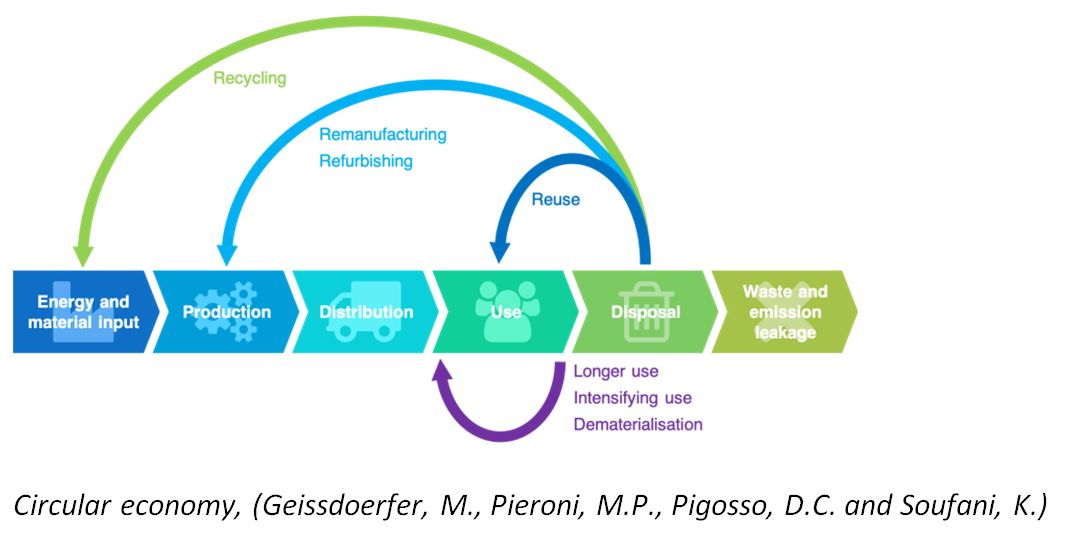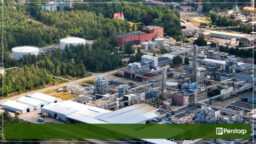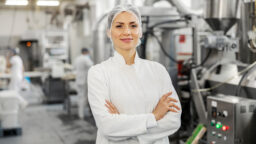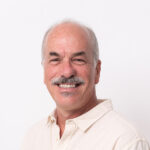With all eyes on the COP26 summit in Glasgow, it’s clear that there is an urgent and pressing need for corporations to accelerate their sustainability efforts. Business leaders have a big responsibility, and supply chain management is one of the most critical areas to address. In this post, we’ll look at how supply chain planning and optimization technology can support this crucial effort.
Different ways to improve
Many of our customers have significantly increased their focus on sustainability compared to just five years ago. Measures range from new sales and distribution models to environmentally conscious sourcing strategies, reuse of by-products and innovative ways to extend the lifespan of products. All of these initiatives have a direct impact on how supply chains operate.
It’s particularly encouraging that these companies are not just thinking about stand-alone initiatives to become greener. Instead, they are also looking at ways to incorporate their sustainability efforts into their core business models.
Sustainability and the role of supply chain optimization
Better planning is central to reducing energy and material usage, transports and waste. By optimizing the supply chain, companies can reduce the environmental costs of fulfilling customer demand.
While this is a good start, we can’t rely on better planning alone to deliver the shift that’s needed to address the broader climate issue.
Instead, companies must incorporate environmental considerations into their core business models and supply chain management strategies, adding green business goals alongside existing profitability and customer service targets.
However, introducing new goals increases the complexity of the planning problem. For example, incorporating product repair and refurbishment, parts harvesting, and waste management requires companies to transition from linear to circular supply chains.
Linear supply chains consider the one-way flow of raw materials through to manufacturing and eventual disposal. Circular supply chains are different and look to recycle raw materials and by-products into the production of new products.
Enabling your circular business model
With the introduction of circularity, companies face a series of new planning challenges. For example, inventory management will need extra attention. But to fully support a circular flow of raw materials, parts and products at all stages of the lifecycle, a fundamentally different way of planning is required.
The problem with traditional scheduling tools and planning solutions like MRP is that they use a linear or sequential approach to planning. As a result, they cannot solve circular planning problems.
The alternative is supply chain optimization. Unlike MRP and sequencing tools (the latter often incorrectly branded as optimization tools), optimization technology considers the entire supply chain as a whole. This holistic and non-sequential approach to planning is necessary to plan circular supply chains.

Get ready for a sustainable AND profitable future
There’s plenty of evidence to suggest that companies following sustainable business models outperform their less visionary peers. Furthermore, as governments expand and tighten environmental legislation – often with significant legal and financial consequences for those who fail to comply – having the right supply chain planning tools in place has never been more important.
Supply chain optimization software can generate plans that meet multiple business goals, enabling businesses to implement circular supply chains that combine commercial aims with environmental and social priorities.
Another significant benefit of optimization technology is the ability to model different business scenarios and analyze risks. Such capabilities are central to better decision making and ensure that adopters are ready to deal with whatever the future brings.
The technology to achieve sustainable, circular supply chains is here. Now, let’s make it happen!
Get all the latest industry trends, updates & news from Optimity
















